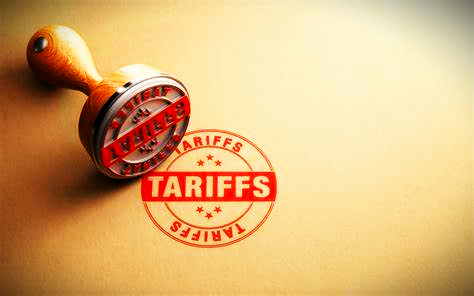Germany, long hailed as Europe’s industrial powerhouse, is now bracing for another year of economic inertia. According to the government’s council of independent economic advisers, the country’s economy will stagnate in 2025, a sobering continuation of a five-year stretch of negligible growth, marked by back-to-back contractions in the past two years.
This stark forecast comes amid growing trade tensions and renewed uncertainty, largely fueled by U.S. President Donald Trump’s escalating tariff threats. The advisers, in their first economic outlook since the newly inaugurated Chancellor Friedrich Merz assumed office on May 6, painted a cautious picture: zero growth in 2025, with only a modest recovery of 1% projected for 2026.
“Trump’s tariff policy is increasing uncertainty and endangering economic growth worldwide,” said Monika Schnitzer, chair of the advisory panel. Her words underline the growing concern that Germany whose fortunes have historically been tied to global trade may be increasingly vulnerable to geopolitical tremors beyond its control.
The report does, however, strike a cautiously optimistic note. Merz’s coalition government has proposed a sweeping investment plan aimed at overhauling Germany’s aging infrastructure and jump-starting innovation. By cutting red tape, accelerating digitization, and offering tax incentives for businesses, the administration hopes to reignite Germany’s economic dynamism.
Yet the path forward is fraught with challenges. Germany’s manufacturing sector, once a global export juggernaut famed for its precision machinery and luxury automobiles, is losing ground. Chinese competitors have begun to erode its dominance in key export markets, and a shifting geopolitical landscape where trade policy is often wielded as a strategic weapon is compounding the uncertainty.
Ironically, while China’s role in German trade has diminished, the U.S. has surged to become Germany’s largest trading partner for the first time since 2015. But rather than providing stability, this renewed reliance on U.S. markets comes with a price: exposure to the volatility of Washington’s tariff-centric trade agenda.
As Germany tiptoes along the edge of economic stagnation, it finds itself at a crossroads. Will Merz’s promised reforms be enough to navigate the shifting tides of global trade and reinvigorate growth? Or is the era of Germany’s export-driven prosperity drawing to a close?
One thing is clear: for Germany to move forward, it must not only modernize at home but also recalibrate its role in a more fractured global economy, one where old alliances are tested, and economic certainty is no longer guaranteed.




